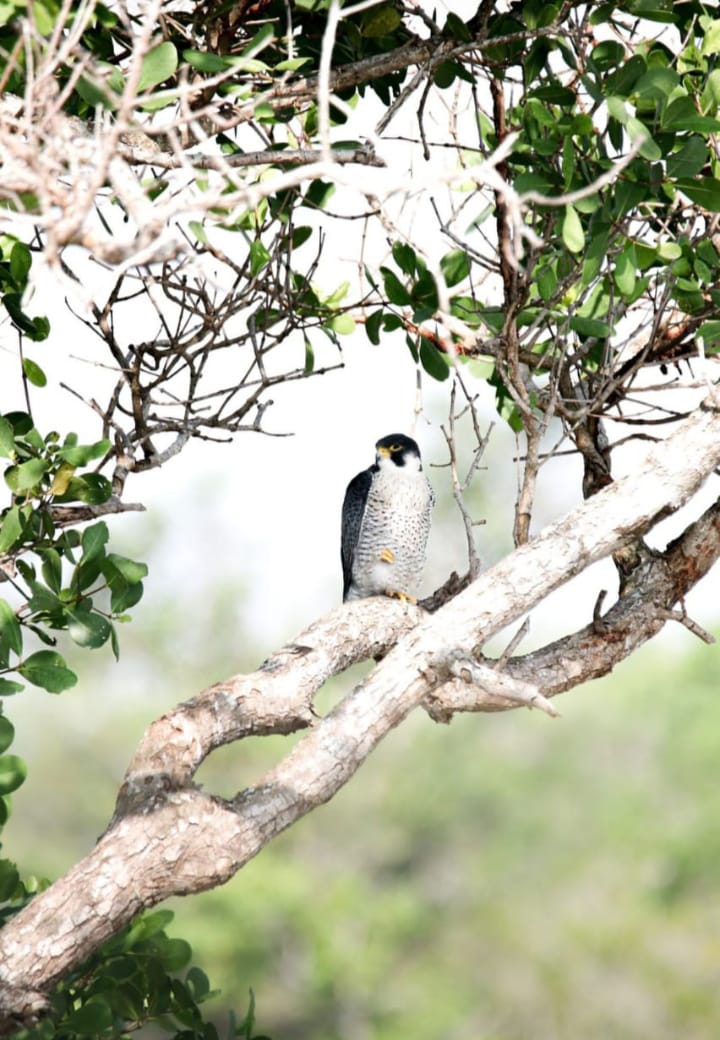- STP-Admin's Blog
- Log in to post comments

Just the name Sundarban puts the chill down our spine and for good reason. The land of Royal roars! But there is much more to look at in the largest delta of the world. Sundarban spread over vast areas both in India and Bangladesh acts as a home for around 100 no’s of ROYAL BENGAL TIGER and other wild animals like estuarine crocodiles, spotted deer, poisonous Krait and Cobra, Dolphin, Otter etc. Sundarbans National Park has earned a prestigious place of being the world’s largest estuarine Mangrove forest.

Almost always discussed and talked about Sundarban little or nothing is said that the mangrove forest is rich in bird populations of numerous species. This may be obtained by taking a boat ride in the forest and observing the birds sitting on trees, or flying around. A guide service should always be included in the best of the Sundarban tour package to let you see natural beauty, wildlife, and birds.
And one of these places suitable for the birds to rest is a paradise for migratory birds.

Sundarban is famous for Royals principally about man-eaters. But the mangrove swamp is also favored by migrating birds than any other habitat you can imagine. If you are an avid bird enthusiast, make a stay at an eco –lodge and discover the terrain both on boat cruises as well as on foot. Bird watching is best done during the dry season October to March. Out of these, Collared Kingfisher is shared most often and frequently sited bird in Sundarban. For 40-50 species take a lazy walk around the island rims and you are likely to encounter them in a matter of couple of days. Rather common waterfowl include waders; rampant observing raptors; and storks that are occasionally observed along boat cruise.
And there are lots of species to feast your eyes on. Capture them in your camera. An exciting variety in colours, contours and characters will leave you speechless. If luck favours, you will get to see many of them including Collard Kingfisher, Common Kingfisher, Black Hooded Oriole, Small Minivet, Pariah Kites, Open Billed Storks, Brahminy Kites, Swamp Partridges, Marsh Harriers, Herring Gulls, Cotton Teals, Caspian Terns, Brahminy Ducks, Gray Herons, Night Herons, Spotted Billed Pelicans, Wood Sandpipers, Common Snipes, Paradise Flycatchers, Green Pigeons, Fishing Eagles, Curlews, Golden Plovers, White Bellied Sea Eagles, Woodpeckers (many varieties), Whimprels, Black-Tailed Godwits, Seaguls, Eastern Knots, Pintails, Little Stints, White Eyed Pochards, Peregrine falcons, and Whistling Teals.

A visit to Sundarbans will make a delightful Sundarban tour 1 Night 2 Days trip for you!
In February, six teams of which each had forest officials, locals, researchers and birders, went on an exposure trip covering nearly 4, 000 sq km area of Sundarban Biosphere Reserve. They were able to identify virtually 5, 065 species. It sounds great for those birders interested in bird watching. It also provide some idea as to why the delta is most famous for only man eaters. One could be that Royal Bengal Tigers there are not many in numbers and hold the reign of the jungle through their loud growls.

The Sundarban bird foto fission has organised a two-day bird fest on the second week of February this year. The event also attracted a large flock of both birders and researchers. When they bird-watching for two days, they could discover 145 species of birds. The festival generated interest among the locals and the guests of the place. Such events bring into light a relatively unseen part of the largest delta. To get the most out of your bird-watching experience, befriend the locals and even your guide if the tour results are very interesting. Locate the fantastic attractions of Sundarbans to add value to the tour, which should be educative, engaging, and fulfilling.